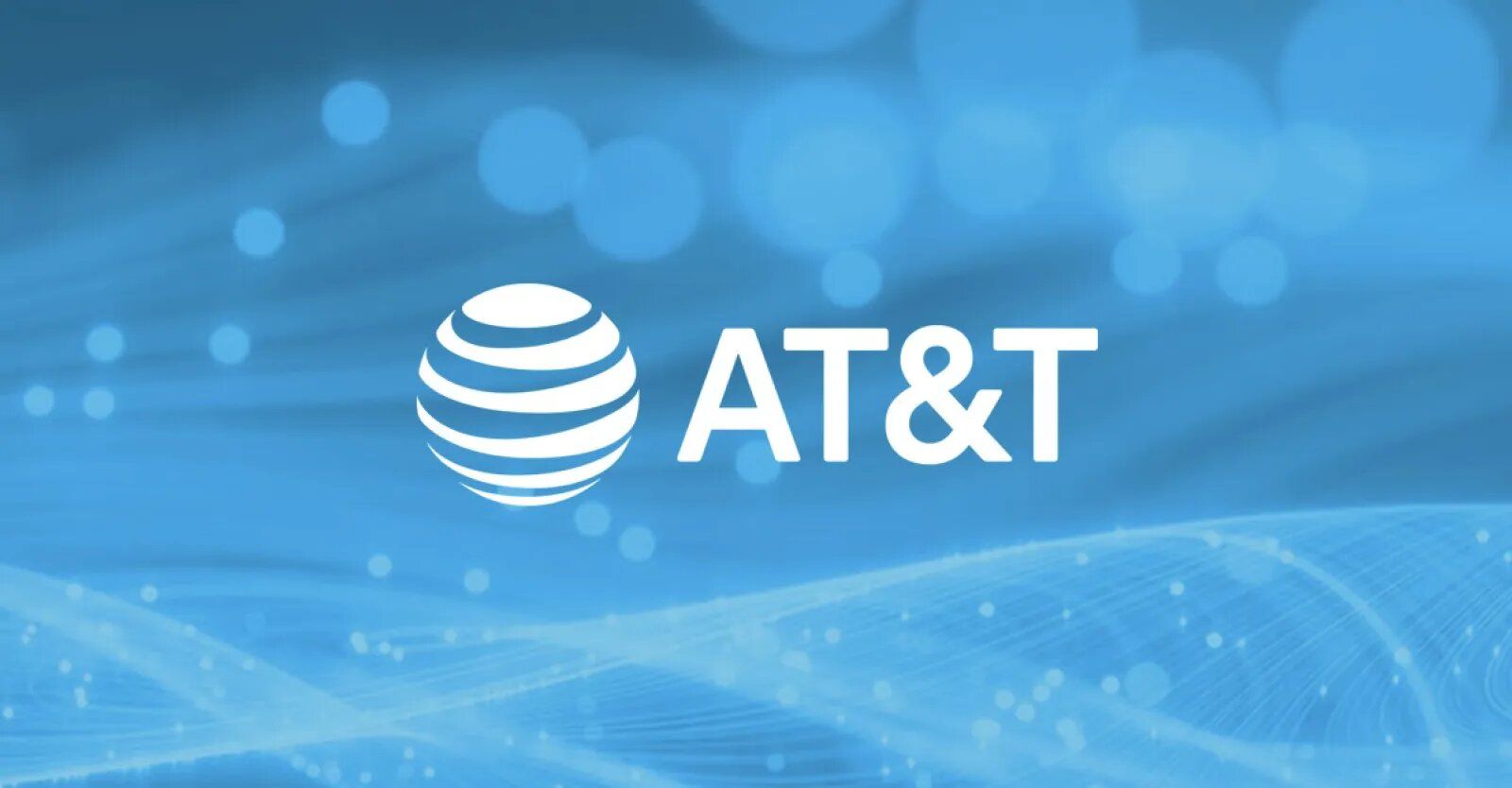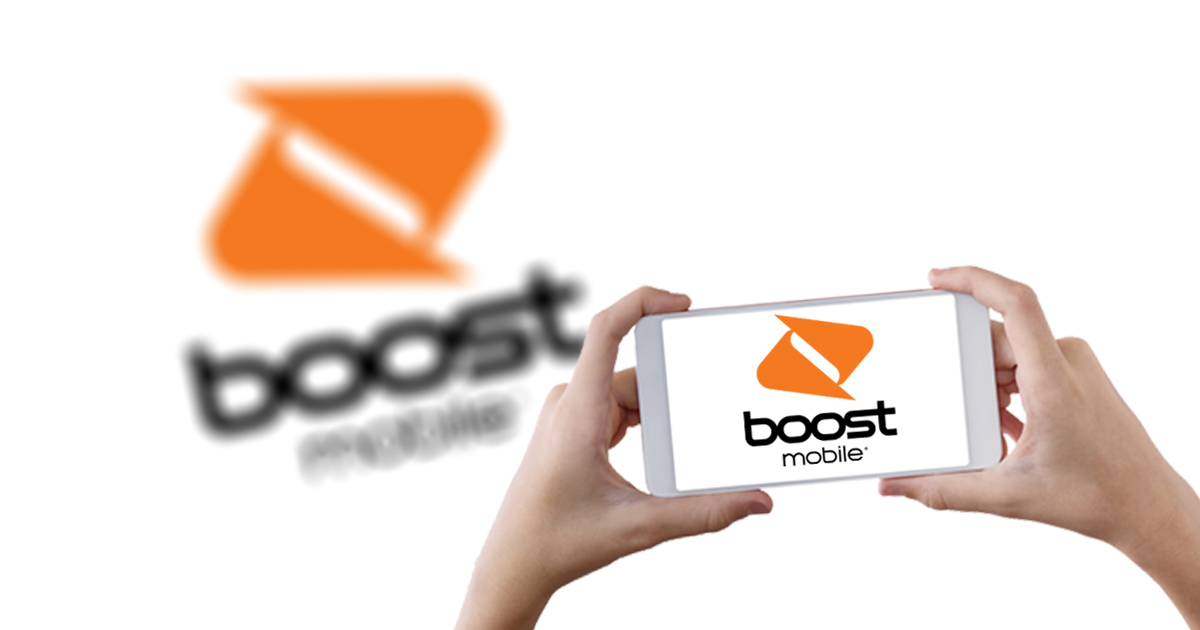Apple Pay Later: A New Payment Service for the Modern Consumer
Apple the technology giant has recently announced the launch of its latest payment service Apple Pay Later which allows users to make purchases now and pay for them later in installments. This payment service will be available to users in the United States and can be used both in-store and online.
Apple Pay Later comes with two main features "Pay in 4" and "Apple Pay Monthly Installments". With the "Pay in 4" option users can divide their purchase into four equal payments which are due every two weeks with no interest or fees. This option is ideal for smaller purchases and does not require a credit check. The "Apple Pay Monthly Installments" option on the other hand allows users to split their purchases into monthly payments over a longer period with interest and fees applied based on the user's creditworthiness.
Apple Pay Later also offers a new "Apple Pay Later Cashback" program which rewards users for making on-time payments with 2% cash back on every transaction made using the "Pay in 4" feature and 1% cash back on every transaction made using the "Apple Pay Monthly Installments" feature.
To use Apple Pay Later users need to have an Apple Pay account and be at least 18 years old. They will also need to go through a quick application process which asks for some personal and financial information including their social security number date of birth and annual income. After this Apple will determine the user's eligibility and creditworthiness and provide them with their available spending limit.
The introduction of Apple Pay Later puts Apple in direct competition with another popular buy now pay later services like Afterpay Klarna and Affirm which have gained significant popularity in recent years. However Apple Pay Later's integration with the Apple ecosystem including Apple Wallet and Apple Card may give it an advantage over its competitors.
The release of Apple Pay Later comes at a time when the buy now pay later market is rapidly growing especially among younger consumers. According to a recent report by The Ascent 43% of millennials and Gen Z consumers have used a buy now pay later service in the past year and 75% said they plan to use them in the future.
However some critics of buy now pay later services argue that they can lead to overspending and debt for consumers who may not fully understand the terms and conditions of the service. There are also concerns that the services may disproportionately affect low-income consumers and those with poor credit scores.
In response to these concerns Apple has stated that it will offer clear and transparent terms and conditions for Apple Pay Later including a repayment schedule and an explanation of interest and fees. The company also stated that it will work with customers who may be experiencing financial difficulties and offer support and guidance to help them manage their payments.
It's worth noting that Apple Pay Later is not the company's first foray into the world of finance. In 2019 Apple launched the Apple Card a credit card that works seamlessly with Apple Pay and provides users with daily cashback rewards. With the launch of Apple Pay Later the company is expanding its payment services portfolio and further cementing its position in the finance industry.
It's also important to consider the potential impact of Apple Pay Later on the broader financial landscape. By offering consumers an alternative to traditional credit cards and personal loans Apple Pay Later could disrupt the traditional banking industry and encourage other tech companies to enter the financial services market.
However there are also potential risks associated with the growth of buy now pay later services including the risk of consumers taking on more debt than they can handle. To mitigate this risk Apple has stated that it will work closely with its customers to ensure that they understand the terms and conditions of Apple Pay Later and that they are aware of their repayment obligations.
In addition Apple Pay Later may also impact retailers and merchants who choose to offer the service to their customers. While buy now pay later services can help increase sales for retailers by making purchases more accessible to consumers there is also the risk that retailers may face higher costs or lost sales due to customers defaulting on their payments.
Despite these risks the growth of the buy now pay later market shows no signs of slowing down and many experts believe that it will continue to expand in the coming years. This is partly due to the changing attitudes of younger consumers towards credit and debt as well as the convenience and accessibility offered by these services.
In conclusion the launch of Apple Pay Later represents a significant move for the tech giant into the finance industry and the buy now pay later market. While the service offers clear benefits to consumers in terms of flexibility and accessibility it also comes with potential risks and challenges that must be carefully managed. As the buy now pay later market continues to grow it will be interesting to see how Apple and other companies adapt to meet the changing needs and expectations of consumers.






